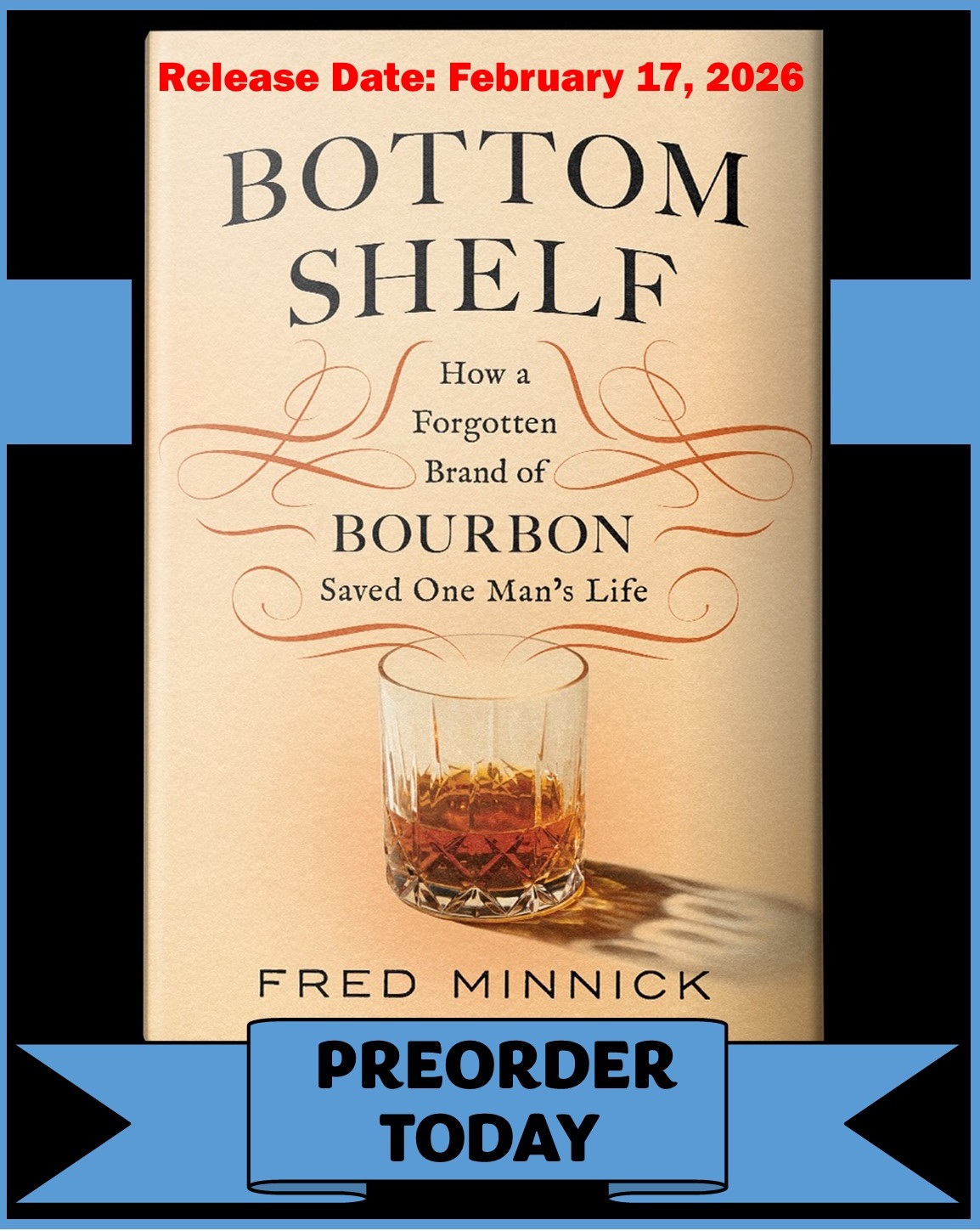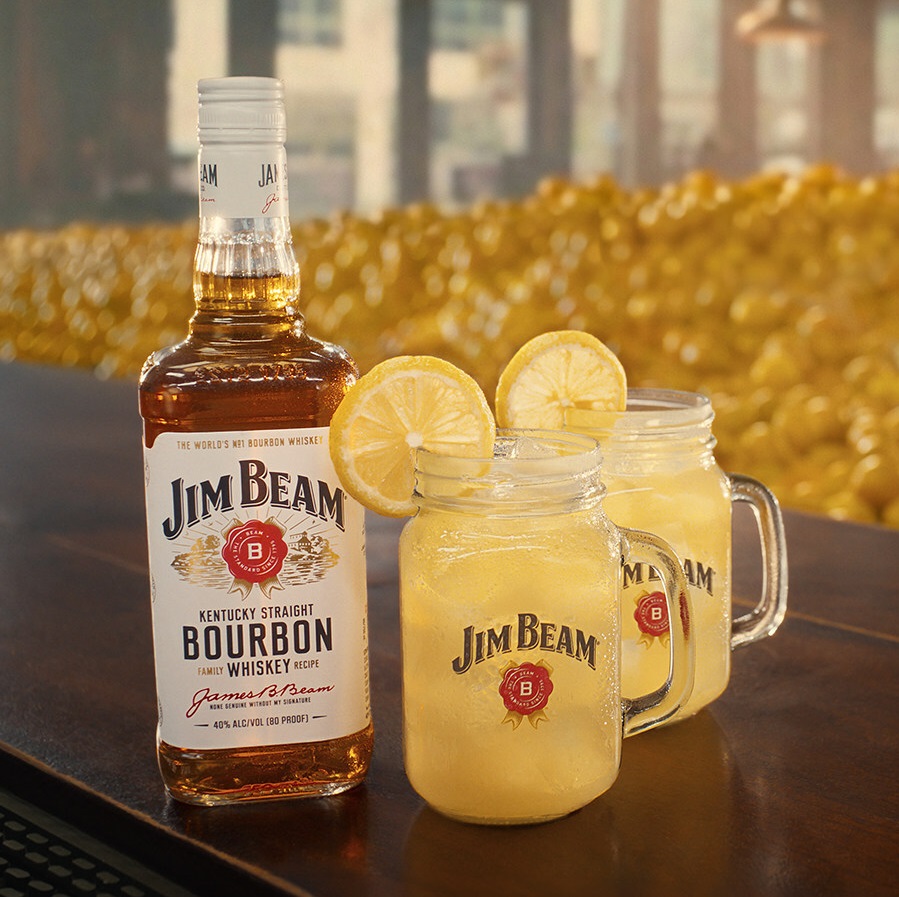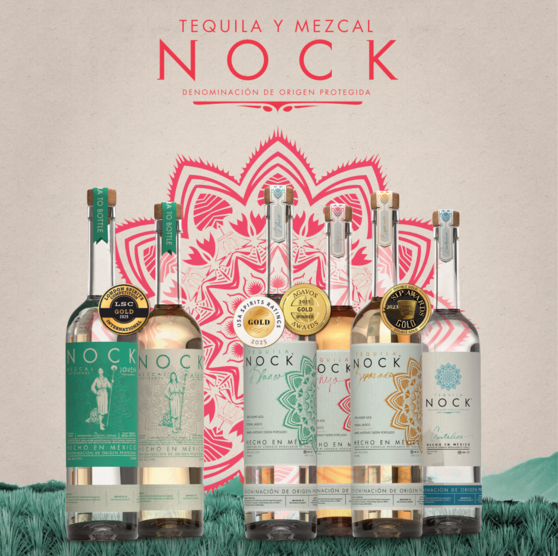Wheated Bourbon Challenge: That One Time Old Rip Lost to An Everyday Bourbon
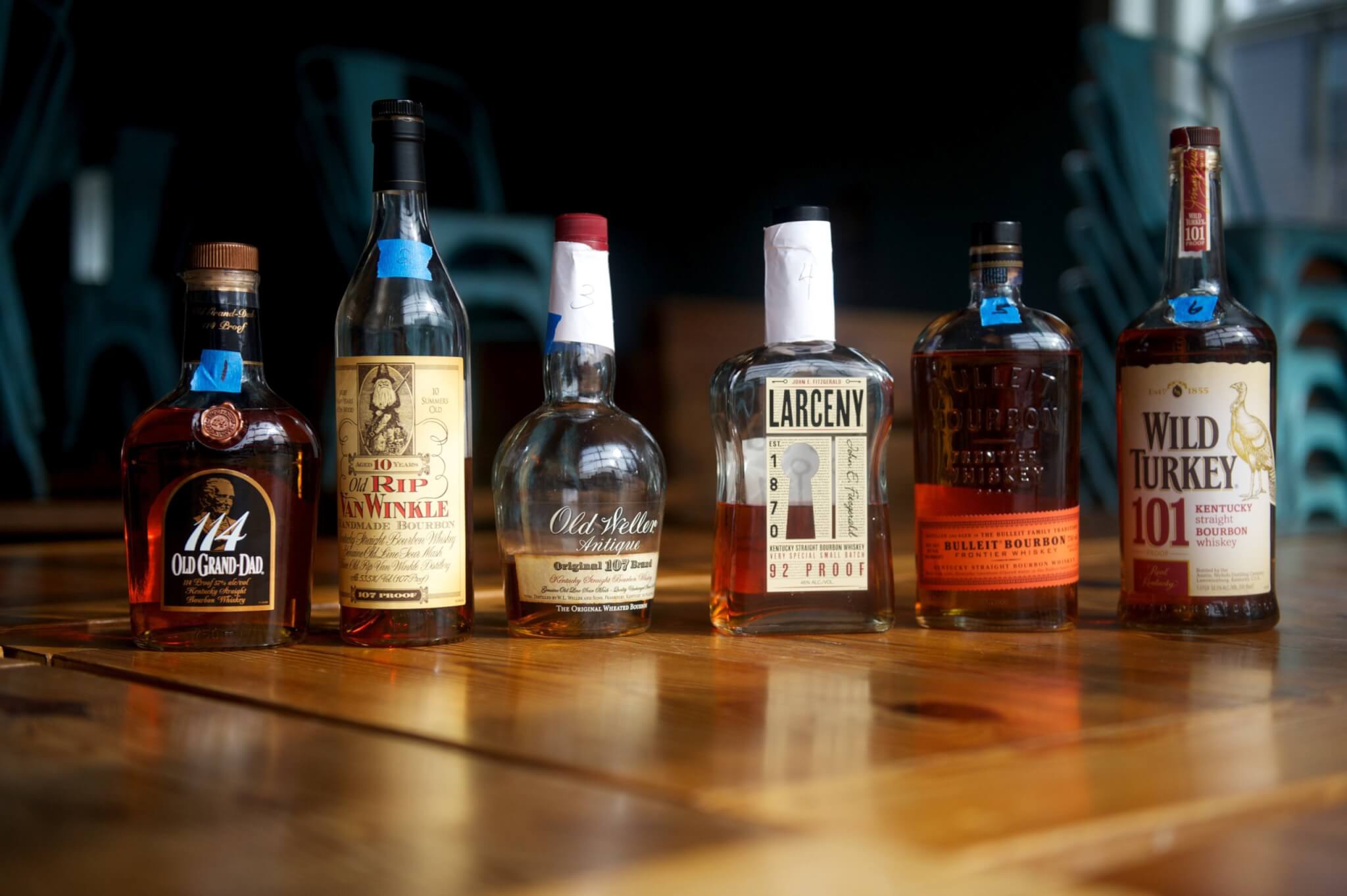
NOTE: I wrote this story in 2015, but the magazine I wrote it for wanted to go in another direction. So, I rewrote the story and it honestly was a better story for that publication. However, I rediscovered this unpublished piece the other day and thought I’d give it some love. I also did not change the titles of people mentioned in this story. It’s pretty much as I wrote it in five years ago. Enjoy!
— Fred
This tasting took place in September 2015.
Inside the popular Louisville restaurant Silver Dollar, it’s unusually quiet. Typically, you’d hear country music echoing, bourbon geek requests for “something not on the menu,” and the clicking, clacking of cocktail shakers. Today, the heralded bourbon establishment is closed, the sheer silence allowing my sense of smell to focus on the cylinder glasses before me.
Co-owner Larry Rice and beverage director Susie Hoyt have agreed to host and participate in a blind tasting to answer one question: Can we differentiate between bourbons using wheat and bourbons using rye as a secondary grain?
Wheated bourbons, or as some call them “wheaters,” are all the rage these days. They have burrowed into our consciousness through the likes of Old Fitzgerald, Weller, Maker’s Mark, and of course, Pappy Van Winkle. All bourbon must be at least 51% corn, but instead of using rye as its flavoring grain, the wheaters use wheat. This style gives brands a definite point of marketing differentiation, but how much does wheat really matter for bourbon flavor?
While most distillers agree the new charred oak barrel accounts for the majority of bourbon’s flavor profile, there is a strong contingency that swears by wheat’s superiority in a mashbill over rye. I love all styles of bourbon, but I find the wheated bourbons to be generally more rounded and softer with caramel as compared to those with rye, a style of bourbon that typically yields more baking spice flavors.
This wheated bourbon phenomenon may very well be just another trickle-down effect of the Pappy Van Winkle hype, but we were determined to explore it for ourselves. To begin with, we wanted to see if three bourbon professionals could consistently identify the wheated bourbons when tasted alongside those with rye?
The Tasting
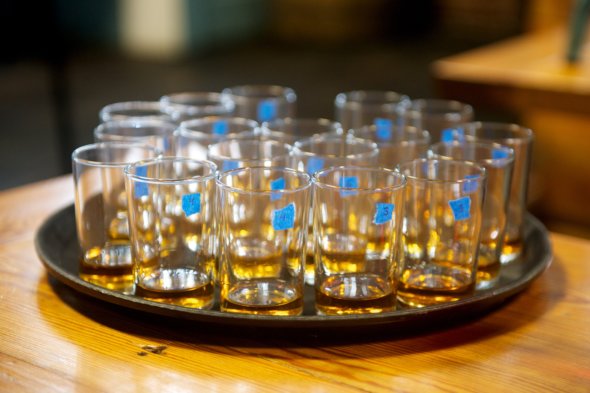
We each tasted six bourbons, all selected and poured by a third party. We only knew that three were wheated bourbons and the other three were bourbons that used rye. We didn’t know the percentages or anything else about the mashbills. A thumb size strip of blue painter’s tape donned each glass with a number one through six.
We tasted individually and took notes. Interestingly, we each based our guesses about the wheaters on different criteria. For example, Rice typically identifies wheated bourbon by the mouthfeel, finding caramel-drenching like characteristics on the middle of his tongue with the spice on the front. Hoyt often finds a more delicate spice in the palate and citrus on the nose. For me, I ascertain a wheated bourbon partially by what’s not there—the spice found with rye—and a more pronounced caramel note. Wheated bourbons do tend to have a different mouthfeel to me, but I’m not entirely sure this is congruent across the board. For example, when I tasted Larceny and Maker’s Mark side by side, I found Maker’s Mark trickled down my jawline, while Larceny concentrated on my tongue and the roof of my mouth. One is not better than the other; they just feel differently on my palate.
My palate is different from Hoyt’s, Rice’s and yours. Our palates are impacted by whether we smoke, drink coffee, how often we taste bourbon and many other daily routines that can impact the taste buds. Thus, we all have our own measures of determining a wheated bourbon. With that said, the great equalizer is the blind tasting. Can my theorized wheated perceptions hold up in this tasting exercise? You’re about to find out.
Abbreviated Tasting Notes
1) Spice, toffee and marshmallow on the nose, and a definitive spiciness, cinnamon, caramel and vanilla. Most certainly a rye bourbon!
2) Rich vanilla and caramel on the nose with a mouthcoating palate layered in caramel and vanilla. This taste is heavenly and, no doubt, a wheated.
3) Candied corn and fruit aromas, followed by crisp mouthfeel, citrus, caramel chew and vanilla. Wheated.
4) Rich grain nose and corn on the palate with some pepper spice. There is no question this is a younger bourbon with rye in the mashbill.
5) Nose is fruity with citrus, but the overwhelming grapefruit and pepper notes lead me to believe this contains rye.
6) Oh, this is nice: A back-and-forth aroma of corn, caramel and a flower garden. It’s very floral on the nose. The gorgeous palate packs a lot of caramel and a hint of spice. Despite the spice, I believe this a wheater.
My wheated bourbon guesses were 2, 3 and 6. Rice pegged 2, 5 and 6 as wheated. He originally selected 3 as a wheater, but then a resounding spice came through that he just knew came from rye. Hoyt confidently selected 1, 2 and 6 as the wheaters. Our notes were surprisingly similar for 2 and 6, both surefire wheaters as well as the tasting favorites. “This is going to be really embarrassing if we get these wrong,” Hoyt said- something we were all thinking.
Hoyt has won numerous bartending competitions and is known in Louisville for being able to pinpoint a bourbon’s origin simply by blindly nosing it. Rice is a bourbon geek’s bourbon geek, who willingly shares pours of pre-prohibition bourbons from his renowned personal collection. Each of us has carved out our own little spot in the bourbon world, so surely we can do something as simple as picking out the wheated bourbons.
So what were they? And who was right?
Yeah, yeah, I know, you want to get straight to the good part. But let’s at least examine why the term wheated bourbon even means anything.
History and Production Methods
In the 1863 book The French Wine & Liquor Manufacturer: A Practical Guide, the author writes: “In the United States, whiskey is generally distilled from wheat, rye or corn.” While corn was the dominant bourbon grain, rye was the dominant secondary grain with occasional wheat substitutions.
William Larue Weller is often credited with using wheat in a bourbon mash recipe, but Case County, Kentucky’s Catherine Spears Frye Carpenter’s 1818 sour mash recipe called for “rye or wheat meal.” Weller was not born until 1825 and later marketed his rectifying business, not his wheat-focused bourbons. Of course, that’s the same Weller synonymous with Pappy Van Winkle. “According to Pappy Van Winkle, the wheat recipe at Stitzel-Weller was something the Stitzel brothers had been experimenting with,” said bourbon historian Mike Veach, the former archivist at the Stitzel-Weller Distillery and author of Kentucky Bourbon Whiskey: An American Heritage. “They thought wheat gave the product a better flavor at a younger age. They were the only ones using wheat after Prohibition. Before Prohibition, there were probably several, but it wasn’t necessarily the thing they were talking about.”
When it did come time to talk about it, Stitzel-Weller marketed its wheat heritage as a “whisper of wheat” in the late 1960s and early 1970s. “There’s only one sure way to tell if you like bourbon,” one 1970 ad began. “And that’s to try Old Fitzgerald. Why? Because we season it with just a ‘whisper of wheat,’ instead of the rye commonly used in other bourbons. And not just ordinary wheat, either, but soft winter wheat. …”
It’s unknown who coined the term “wheated bourbon,” but many old school bourbon insiders hate the term, one even calling it “stupid.” The phrase became popular in the 1990s, around the time Maker’s Mark was on fire and Julian Van Winkle was just gaining notoriety for his family name. Whoever came up with the term, it’s inconsequential to the production methods used for wheated bourbons, which vary from distillery to distillery.
Kentucky distilleries are typically using either soft red winter wheat or hard red winter wheat grown in the state. The soft red winter wheat is lower in protein, while the hard red winter wheat has a medium to high protein content. From here, the distilleries quickly separate their production styles to create what’s inside the bottle.
“The different temperatures you mash your grains has an impact. We are only after the starch portion and we go in {fermentation} around 160 degrees,” says Greg Davis, master distiller of Maker’s Mark. “The higher the temperature, the more you can extract out of the grain. Some do pressure cook as high as 190 degrees, we do atmospheric cook. That’s not good or bad; it’s just different. Our focus is to get that starch. We’re not trying to get a bunch of proteins and every last starch molecule.”
At Heaven Hill, the wheated bourbons are produced the same as those with rye. “Your typical mash recipe will call for {rye or wheat} to be added after all the corn has been added, the tub boiled, and then introduced on the cool down usually around 170 degrees. The malted barley will follow right after at 150 degrees or less,” says Denny Potter, master distiller for Heaven Hill. “I think the main reason they taste differently is just the different style of taste profile each grain provides. I like to tell people it is pretty much identical to the difference between wheat bread and rye bread. Wheat will be softer and lighter, and rye will be spicier and more robust.”
While it’s true that the grains offer an obvious difference, there’s one more consistent production technique common to wheated bourbons that differs from most with rye, and that’s lower barrel-entry proofs. The law allows a barrel-entry proof up to 125 proof, but Maker’s Mark, Weller, and Pappy Van Winkle all go into the barrel at proofs significantly lower than the industry average. Both the Weller and Van Winkle lines enter the barrel at 114 proof, while Maker’s Mark enters at 110 proof. The Heaven Hill wheaters enter the barrel at the same 125 proof as their other products.
As for why the lower barrel-entry proof, nobody really seems to know. Perhaps Davis has the best answer: “because that’s how it was done before me.”
Wheated bourbon’s ascent from a largely unknown term 25 years ago to the extreme level of fascination today is a clear indicator that consumers love the name and the style. But is it real or mostly hype? We cannot deny the timing correlation between bourbon’s resurgence as a spirit and Maker’s Mark’s growth in popularity from the 1980s to today, as well as the rise of Pappy Van Winkle. But was it because of the wheat or just really good brand management? For now, we just wanted to see if three bourbon professionals could pick out the three wheaters out of six bourbons.
The Results

When Rice and I saw the bourbons revealed, our jaws dropped. “We all thought that {6} was a wheated bourbon,” he said, stunned. “It didn’t have much spice to it.” It was Wild Turkey 101, most definitely not a wheated bourbon. That couldn’t be right, we all said. We repoured Wild Turkey 101 and, sure enough, it was the exact same as the blind sample.
1 – Old Grand Dad 114 – uses rye.
2- 10-year-old Rip Van Winkle – uses wheat.
3 – 107 Weller Antique – uses wheat.
4 – Larceny – uses wheat.
5 – Bulleit – uses rye.
6 – Wild Turkey 101 – uses rye.
After we were all stumped by the Wild Turkey, I was correct on my other 2 wheated guesses, while Rice and Hoyt each went 1 for 3. The wheated bourbon blind challenge was a lesson for us all, perhaps humbling our palates a bit. This was just one tasting with three professionals, but it’s a glimpse of how blind tastings can go and it begs the question—does wheat really matter?
Well, let’s take a look at the one product we all knew was a wheated bourbon- the 10-year-old Rip Van Winkle. We pegged it as a wheated bourbon for its mouthfeel. “Maybe it is the standard of wheated bourbons,” Rice added. After all, the Van Winkle was the only unanimous correct selection among us.
Of course, there’s that elephant in the room—the Wild Turkey 101, which was not a wheater. How could we all have selected it as a wheated bourbon? Honestly, for the same reasons as the Van Winkle: There was little spice and a wheated bourbon-like mouthfeel. Wild Turkey does contain rye, but not a lot, around 13 percent of the total mashbill. It does, however, share one similarity with the wheated bourbons—its low barrel-entry proof of 114.
So maybe we actually discovered a key factor we hadn’t even been looking for during this process—low-entry proofed bourbons. Unfortunately, the term just doesn’t roll of the tongue like a wheater.
So Who Won?
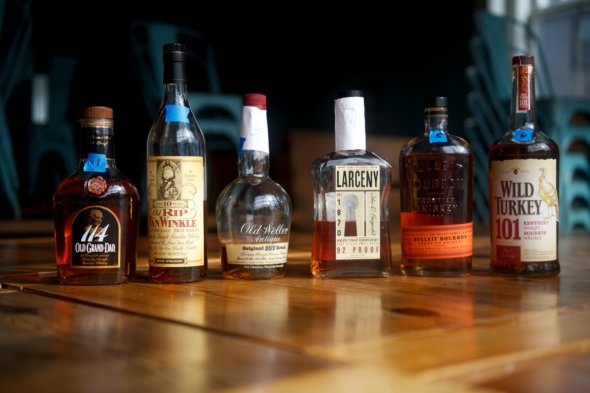
While we did this tasting to see if we could spot wheated bourbon, we inevitably picked our favorite. And yeah, it’s been five years, but I confirmed with Larry Rice that we did, indeed, choose Wild Turkey 101 as the best of the bunch.
For me, it was more of a tie. But Susie and Larry easily picked Turkey. So, as blind tastings go, Wild Turkey 101 won that day.



